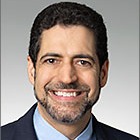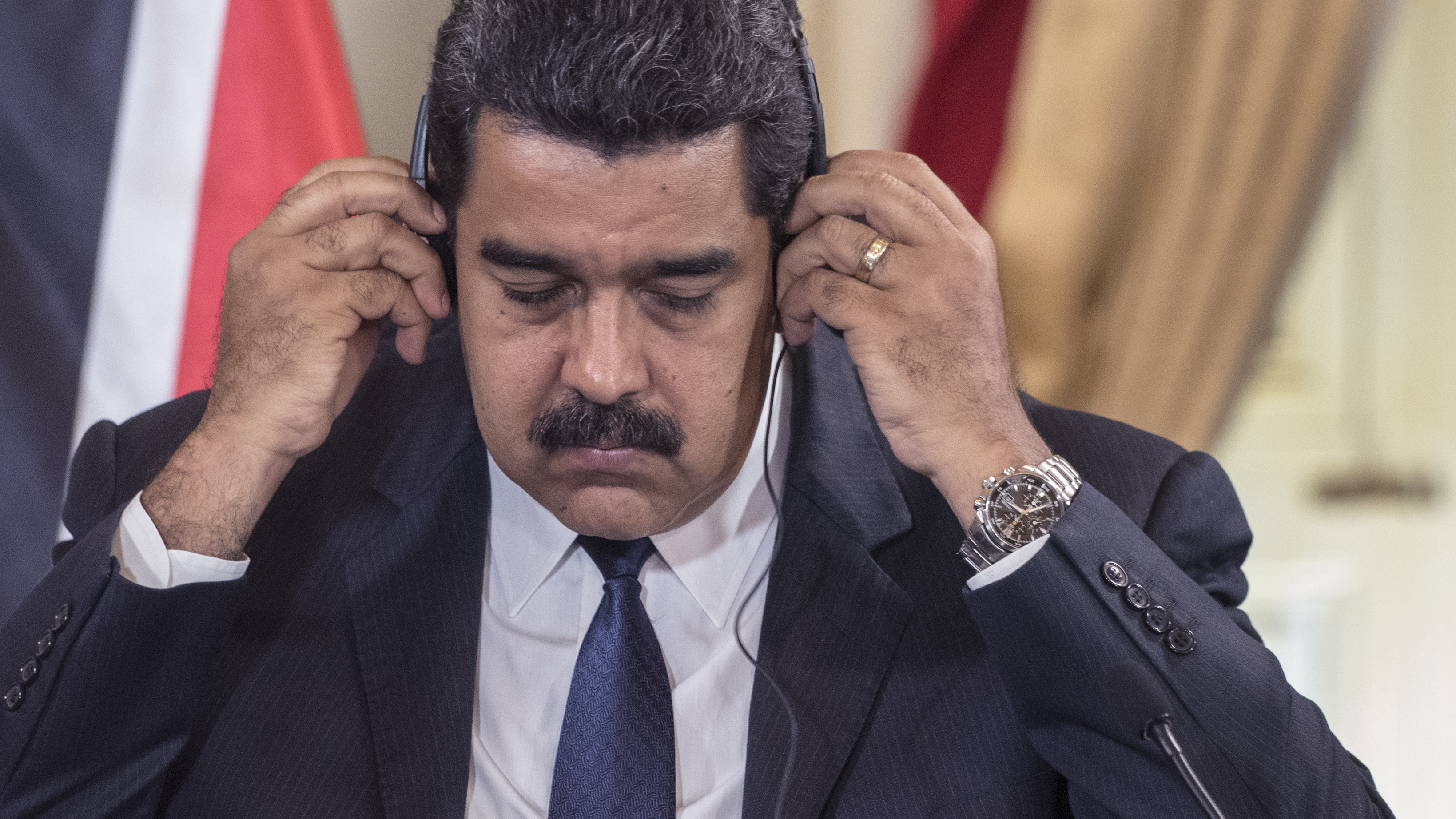Presumptions of Regularity Do Not Insulate the President’s Travel Ban Motives from Judicial Review
“Regular” is not the first word that comes to mind when I think about the current president. The process that led to the travel ban is a perfect example of why. The original executive order was rushed out in fulfillment of then-candidate Trump’s promised “Muslim ban” (“Statement on Preventing Muslim Immigration,” Dec. 7, 2015), without the regular vetting for such policies.
Published by The Lawfare Institute
in Cooperation With

“Regular” is not the first word that comes to mind when I think about the current president. The process that led to the travel ban is a perfect example of why. The original executive order was rushed out in fulfillment of then-candidate Trump’s promised “Muslim ban” (“Statement on Preventing Muslim Immigration,” Dec. 7, 2015), without the regular vetting for such policies. And when the Department of Justice tried to defend the policy in court, denying that it was intended to be a travel ban aimed at Muslims, the president, undercutting the government’s lawyers, tweeted out: “People, the lawyers and the courts can call it whatever they want, but I am calling it what we need and what it is, a TRAVEL BAN!”
Then, in the midst of a Supreme Court briefing on the motives that animated the revised executive order, the president tweeted last week: “The travel ban into the United States should be far larger, tougher and more specific-but stupidly, that would not be politically correct!” In other words, the president seems to be saying: But for my politically correct lawyers, what I really always wanted—and what motivates the current travel ban—is to ban Muslims.
Whatever one thinks of the merits of the executive order, it is clear that this was not a normal process. But, of course, anyone voting for Donald Trump knew they were not voting for a “regular” president.
Thus it is a bit ironic that in defending the executive order before the Supreme Court, the Department of Justice cites the “presumption of regularity” in an effort to insulate the president’s motives from judicial review. The government argues that a presumption of regularity demands that the Court “resolve[] any uncertainty” about the president’s motivations in the government’s favor and credit the president’s stated rationale “absent the clearest showing to the contrary.” But the presumption relied upon by the government does not, in fact, alter the standards of pleading or proof in a lawsuit against the government, nor is it a source of deference or immunity from judicial review. Indeed, as the Supreme Court has made clear, the presumption is little barrier to examining whether officials have acted with an improper purpose.
In an effort to avoid this case causing lasting damage to the law, as a friend of the court, I filed an amicus brief in the Supreme Court, on behalf of numerous high-ranking former executive-branch officials, about the origins, meaning and limits of the presumption of regularity. The brief explains that the presumption touted by the government does not insulate the executive order from review and does not alter the burden of the plaintiffs to show discriminatory intent.
The presumption of regularity is founded on the common-sense idea that courts should assume that government officials “have properly discharged their official duties.” United States v. Chem. Found., Inc., 272 U.S. 1, 15 (1926). The presumption began as a way of filling in minor evidentiary gaps, usually related to procedural or technical formalities. Importantly, its origins are not at all about deference to the executive. In fact, as a historical matter, the same presumption of normality and regularity applied to private parties and corporate officers, as well as to government officials. For example, if a copy of a document with a corporate seal was filed, a court would presume it was an official corporate seal issued by an authorized party unless someone submitted evidence to the contrary. Today, consistent with its historical origins, the presumption serves merely as a “general working principle” that means courts will “insist on a meaningful evidentiary showing” before entertaining doubts about the integrity of official acts or documents. Nat’l Archives & Records Admin. v. Favish, 541 U.S. 157, 174 (2004).
The amicus brief explains that the government’s arguments in this extraordinary case represent a major departure from both historical and modern applications of the presumption of regularity and should be rejected.
Often, outlier cases with bad facts can create precedent with long-term negative consequences. My hope is that this amicus brief, putting the cited presumption in its proper context, will help prevent this unusual saga from causing lasting damage to the law.




.jpg?sfvrsn=8253205e_7)
